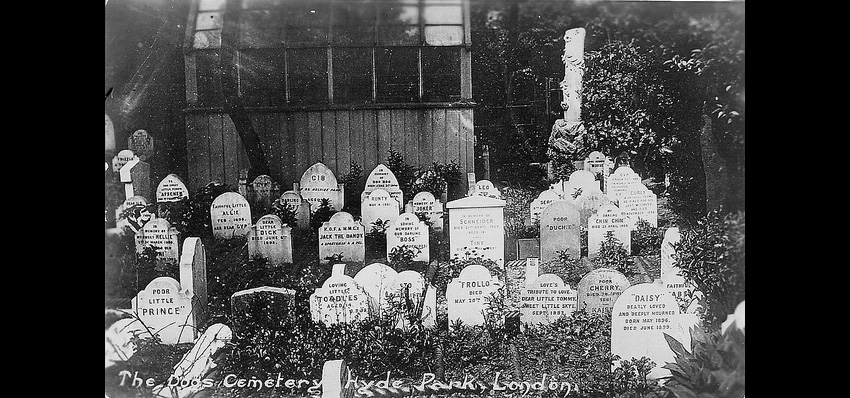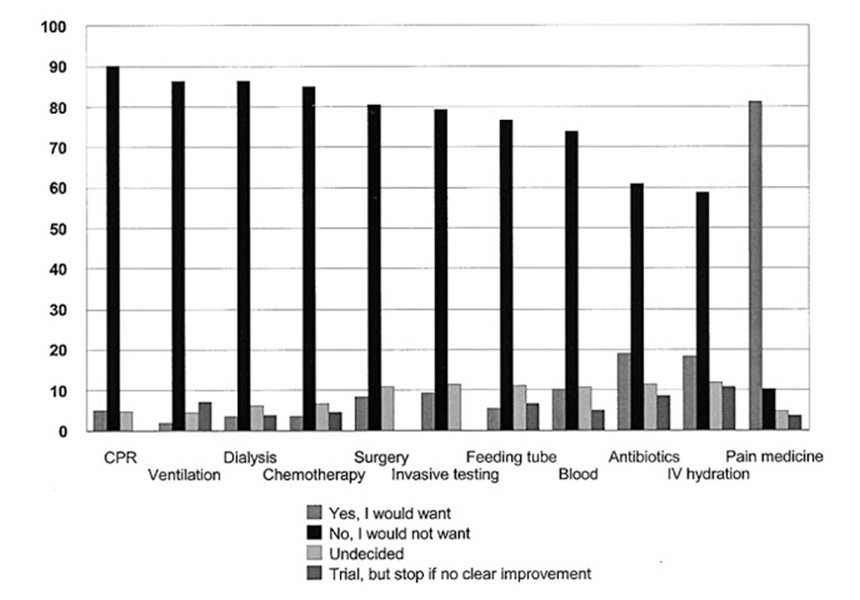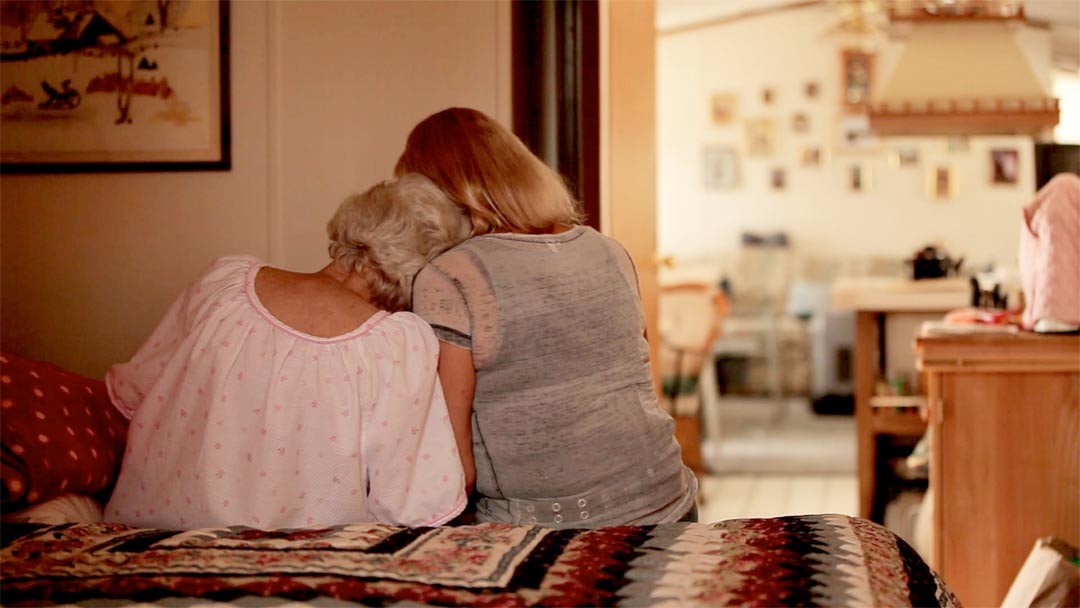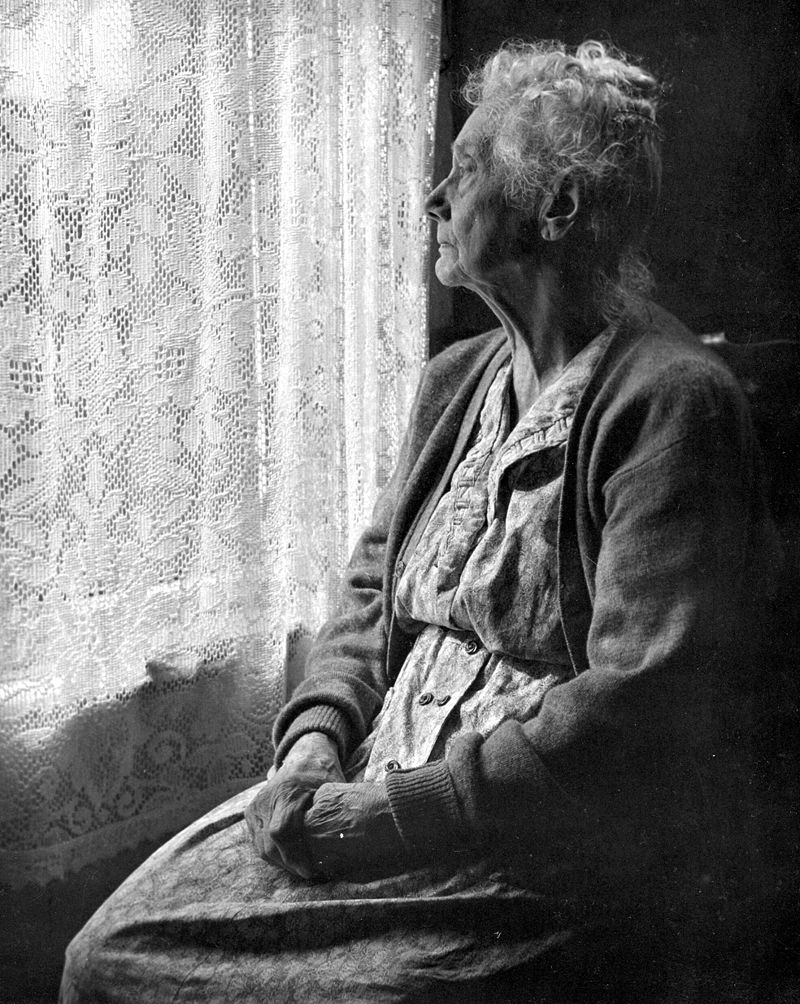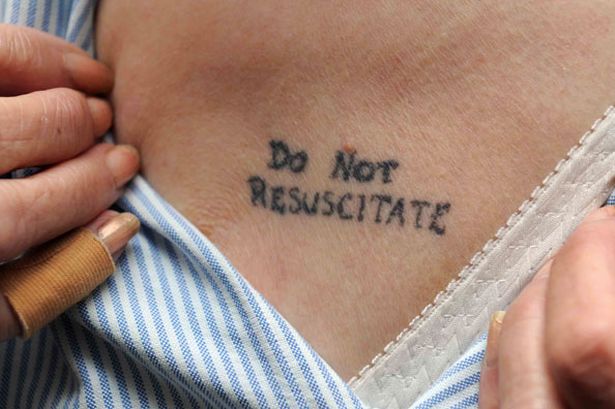Death and Budgets
David Brooks, New York Times (July 15, 2011)
Much of the budget mess may stem from a deep cultural antipathy toward recognizing our own mortality.
The Quagmire: How American Medicine is Destroying Itself
Daniel Callahan and Sherwin B. Nuland, The New Republic (July 15, 2011)
Since the American political system (read: mostly the Republican party) seems hell bent on watching the federal government go into default I thought that I would revisit a recent column by David Brooks in the New York Times. Earlier in July, Brooks wrote about spending on End-of-Life care and Medicare. For those who don’t understand the idiosyncrasies of the American health care system, Medicare is the medical insurance all US citizens receive at age 65. It’s a good program. Both my parents use it.
One of the financial issues that Medicare faces is that more and more people are living to be older than before. Well into their 80s. The extension of age, by itself, isn’t an issue. Where the problems begin are with medical costs soaring in the last few months of life.
The second article at the top, by Daniel Callahan and Sherwin B. Nuland (which Brooks references), explains the costs this way:
In a 2006 article, Harvard economist David Cutler and colleagues wrote, “Analyses focused on spending and on the increase in life expectancy beginning at 65 years of age showed that the incremental cost of an additional year of life rose from $46,800 in the 1970s to $145,000 in the 1990s. … If this trend continues in the elderly, the cost-effectiveness of medical care will continue to decrease at older ages.” Emory professor Kenneth Thorpe and colleagues, summing up some Medicare data, note that “more than half of beneficiaries are treated for five or more chronic conditions each year.” Among the elderly, the struggle against disease has begun to look like the trench warfare of World War I: little real progress in taking enemy territory but enormous economic and human cost in trying to do so.
One of the most important ways to address these cost issues is by talking about death and dying. The crux of David Brooks article is that:
…we think the budget mess is a squabble between partisans in Washington. But in large measure it’s about our inability to face death and our willingness as a nation to spend whatever it takes to push it just slightly over the horizon.
I agree. Callahan and Nuland also make a similar argument. Indeed, the Death Reference Desk ran a piece in August 2009 on exactly this issue: America and End-of-Life Care: Death, Dying, and Mortality.
In fact, most of the death with dignity posts on Death Ref deal with the question of death acceptance in one way or another.
So, what’s to be done. Until the US budget issues are sorted, not much. The first step, which isn’t easy by any means, is telling people that death is ok. Especially at the end of life, when compassionate care will go a long ways towards extending quality of life instead of fixating on the quantity of days.
Callahan and Nulland make a quick reference to the “…war against death” in their essay.
They are absolutely correct. A war is being fought against death, particularly in America.
And we modern humans will lose that war. Every single time.

